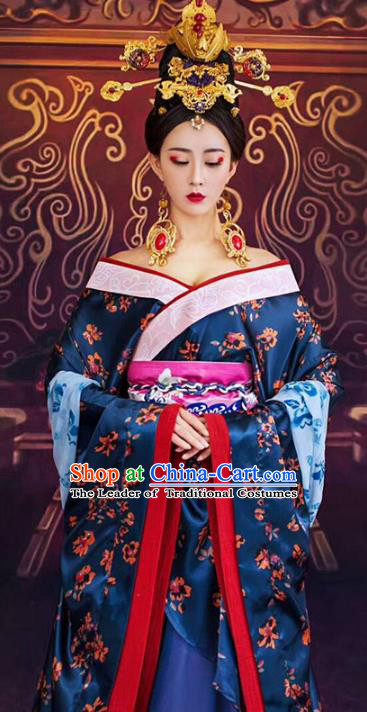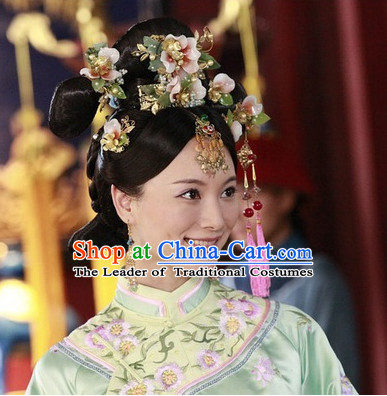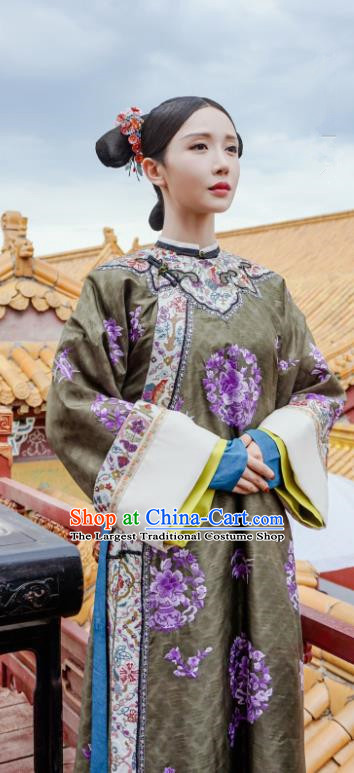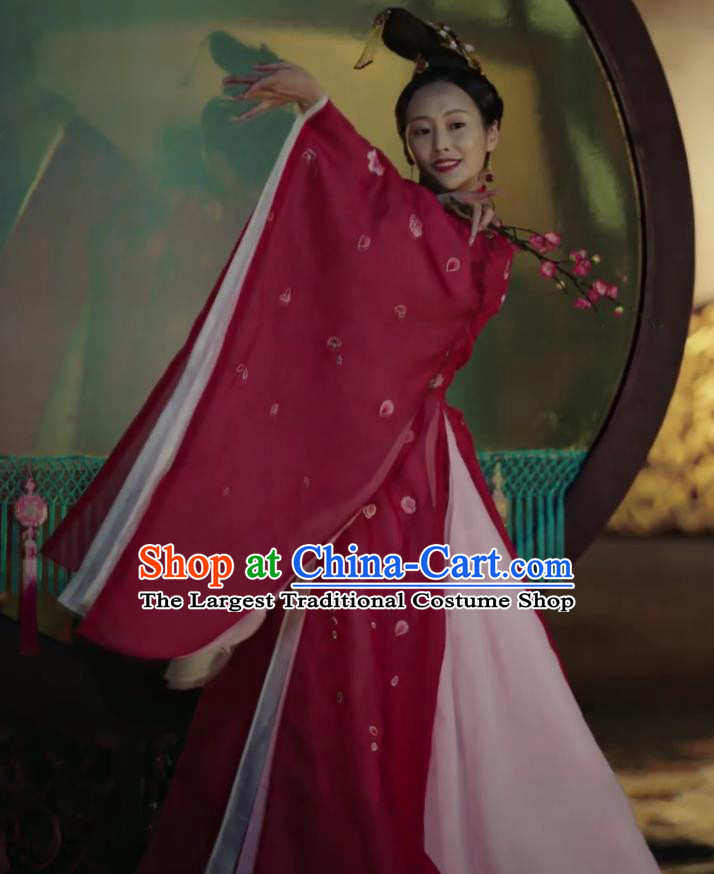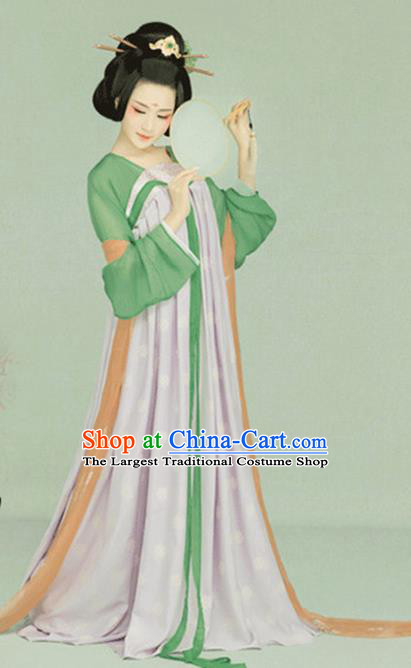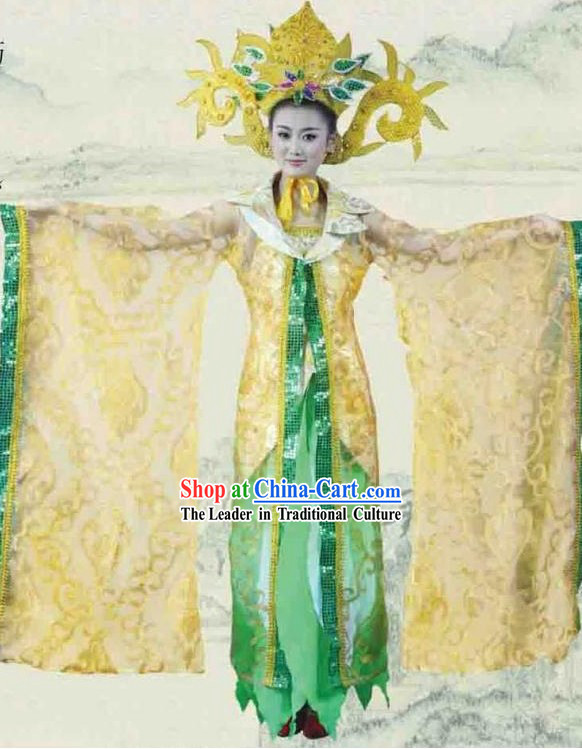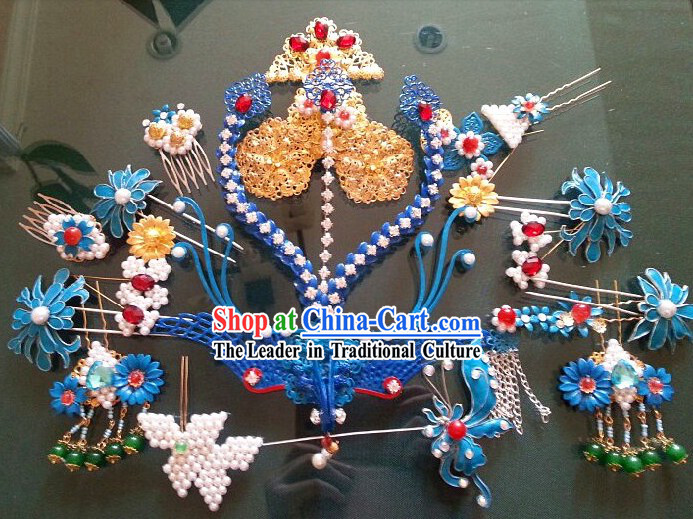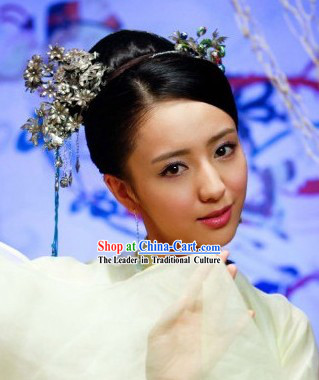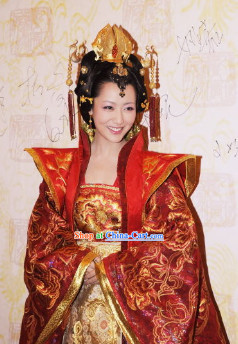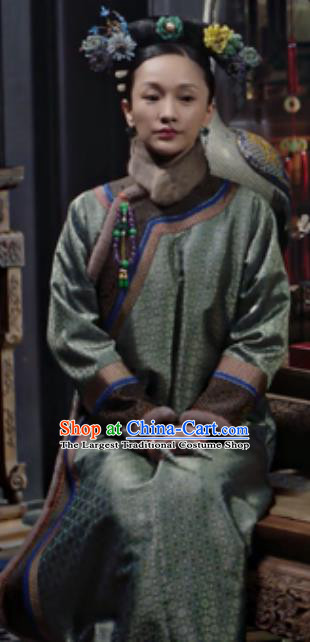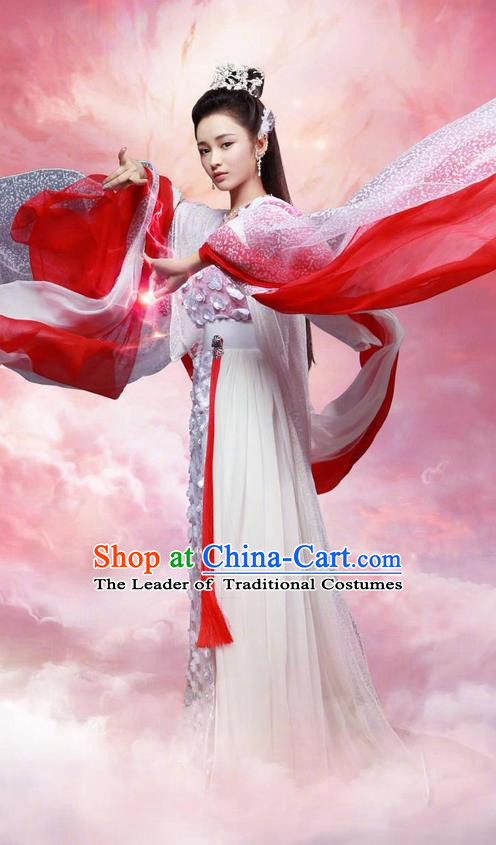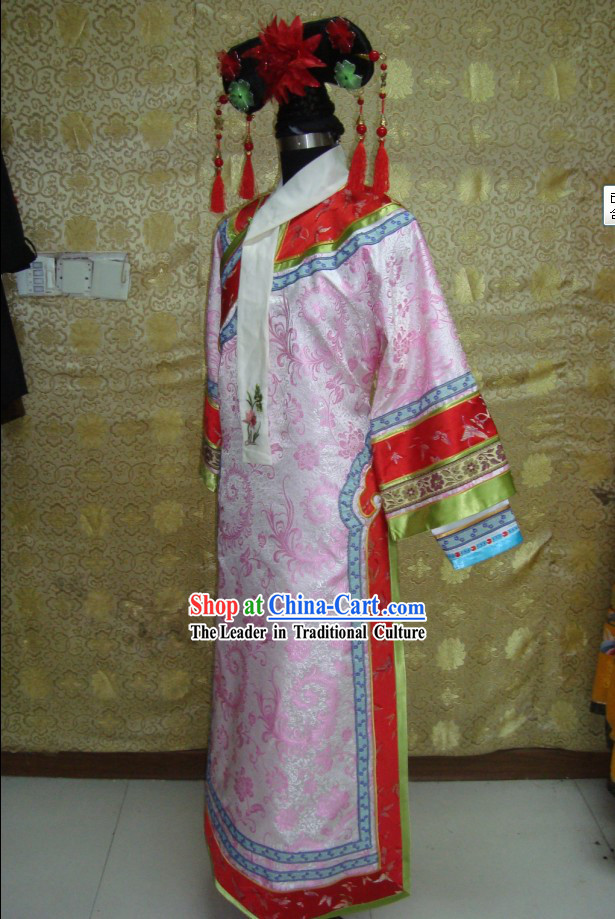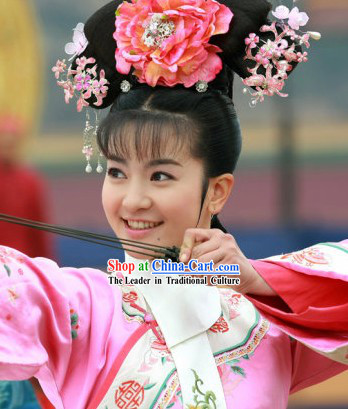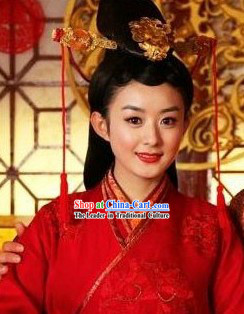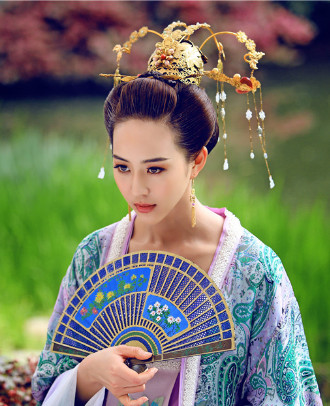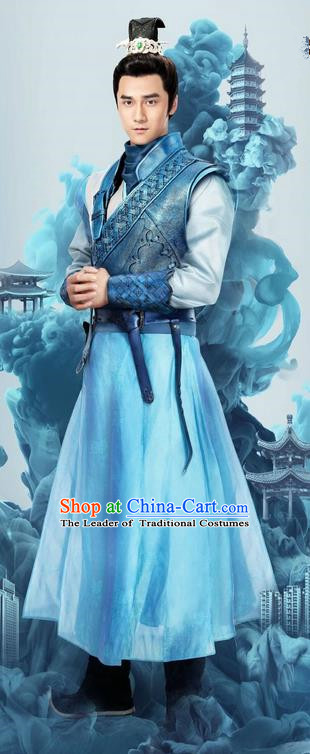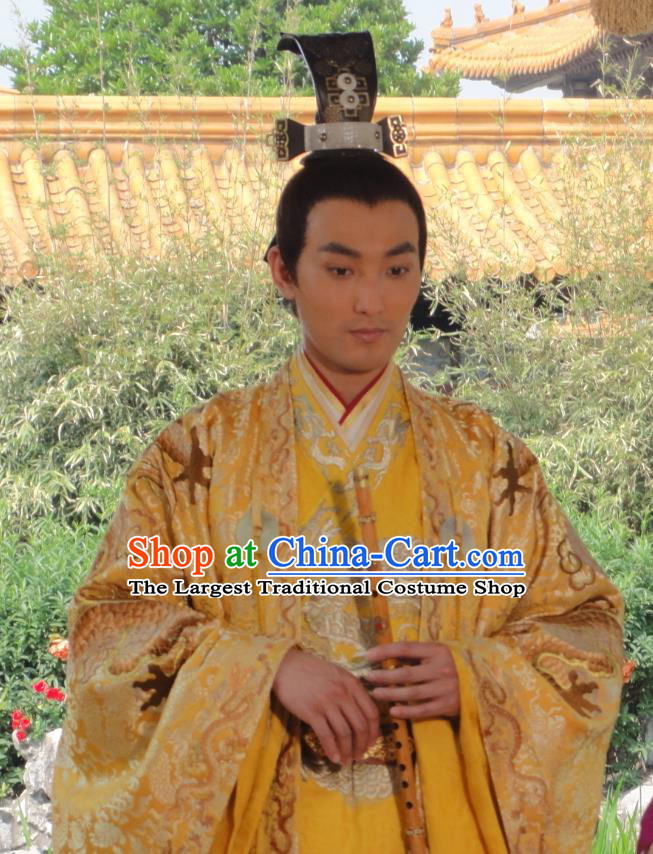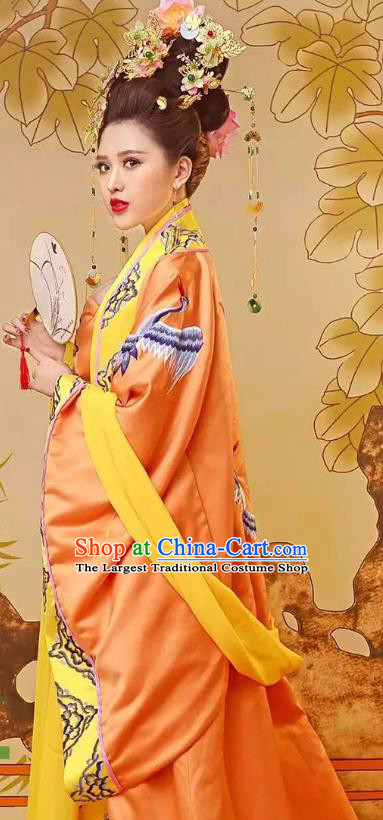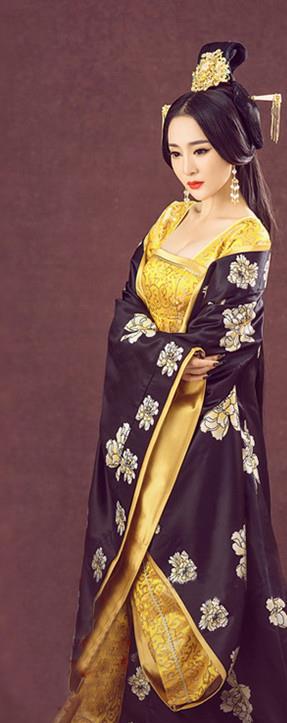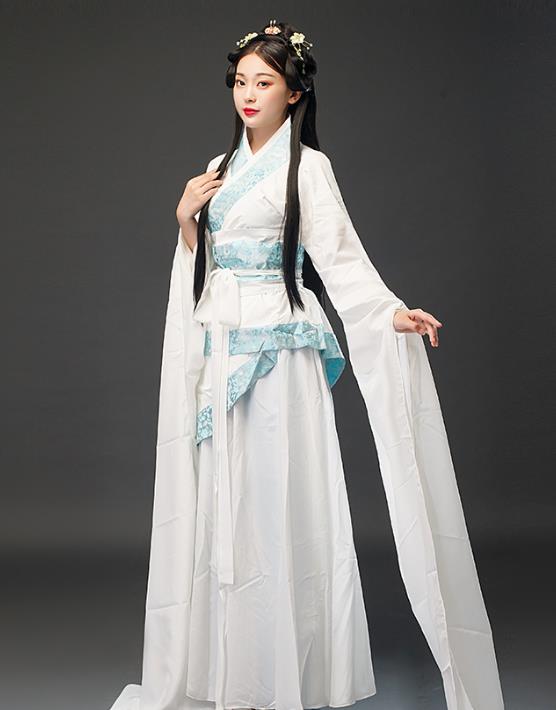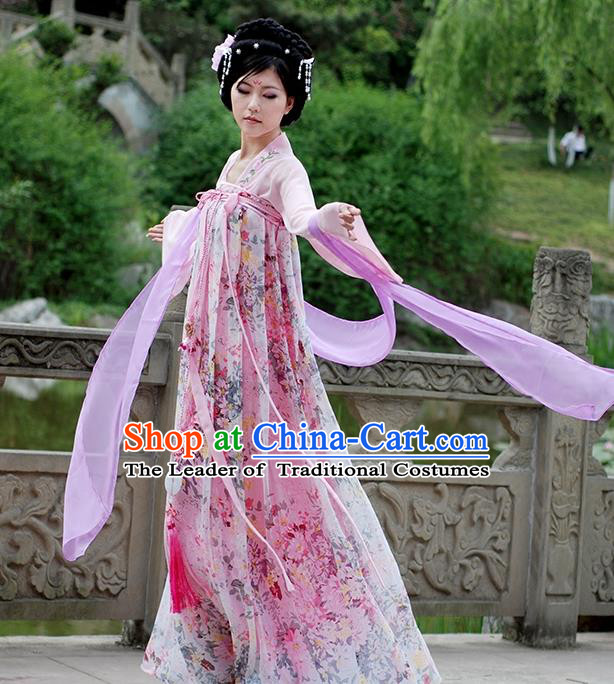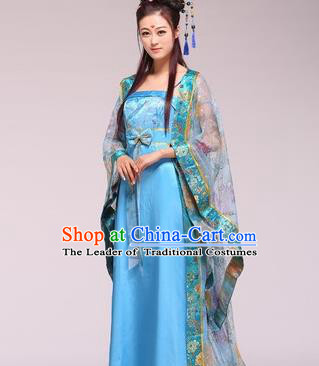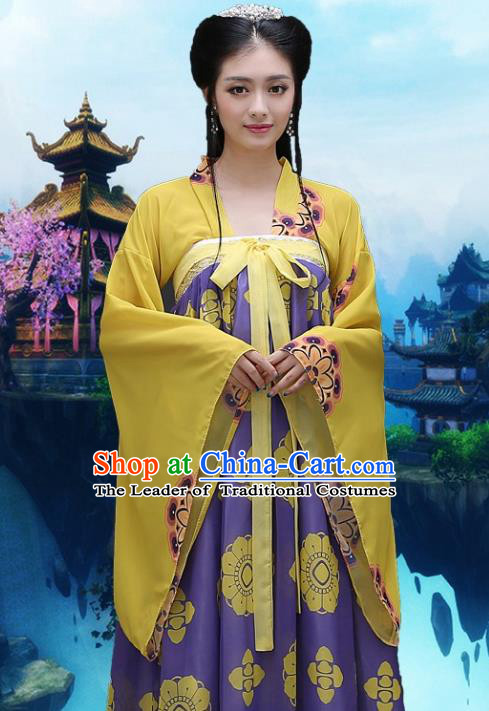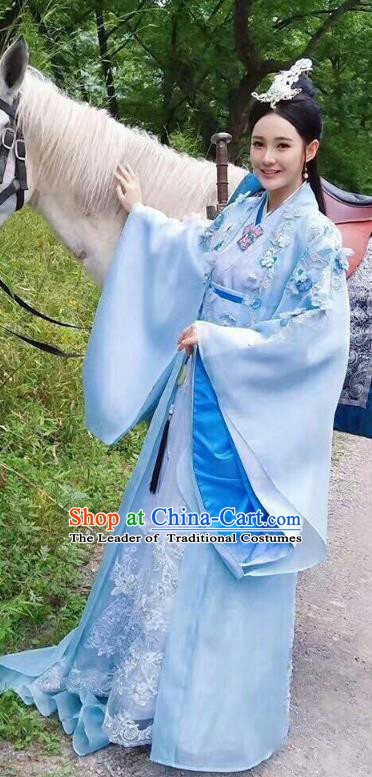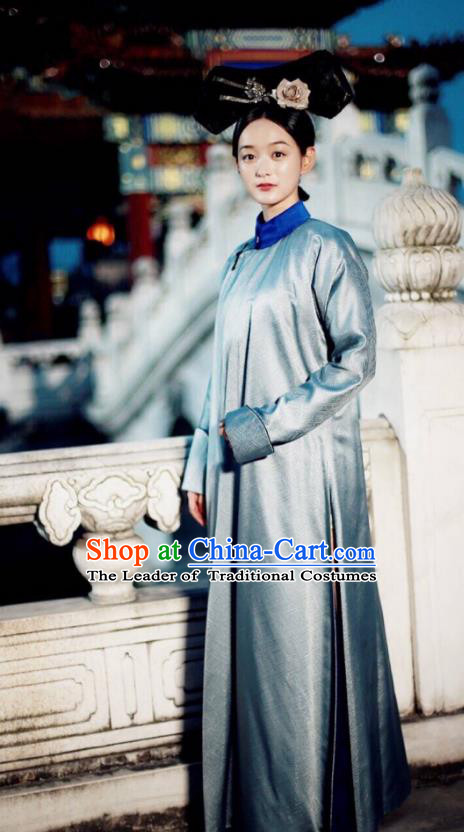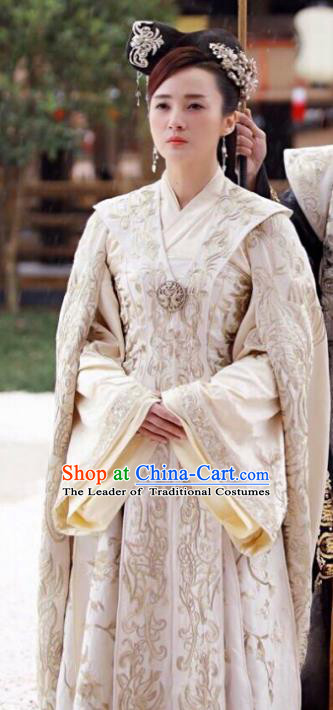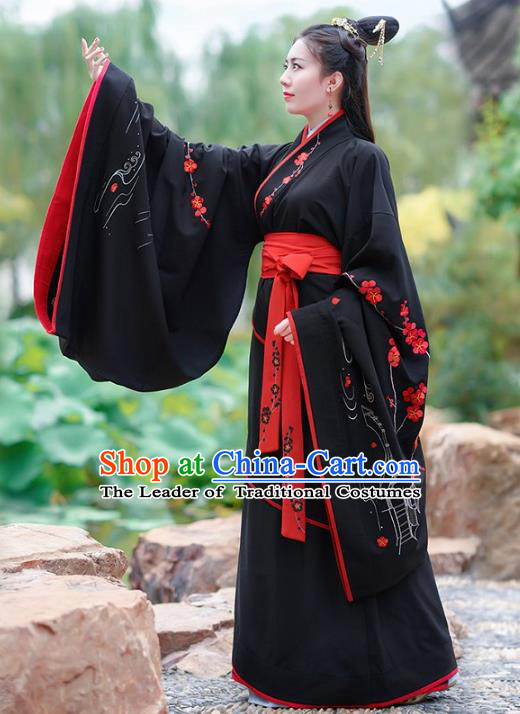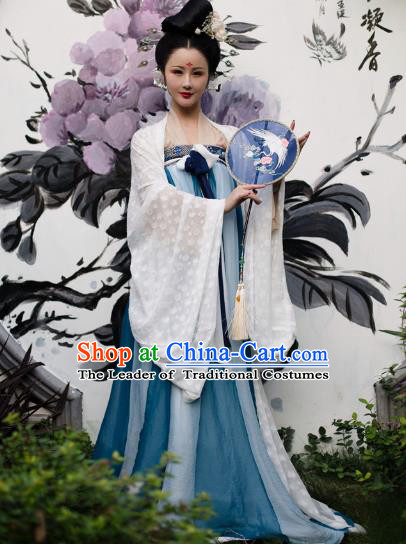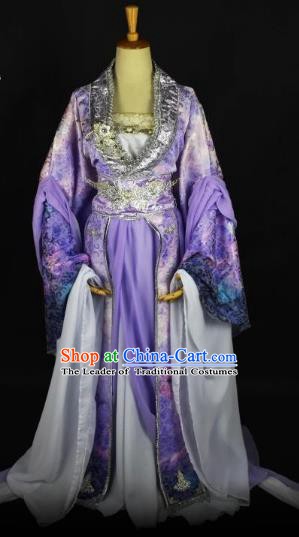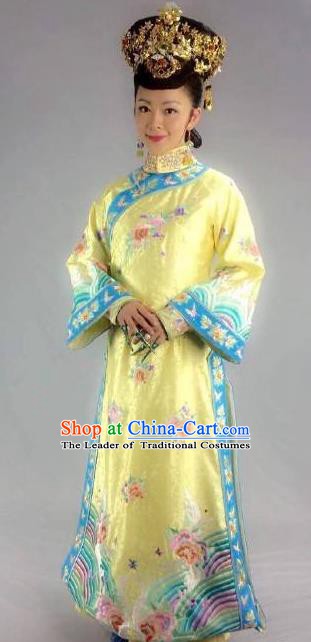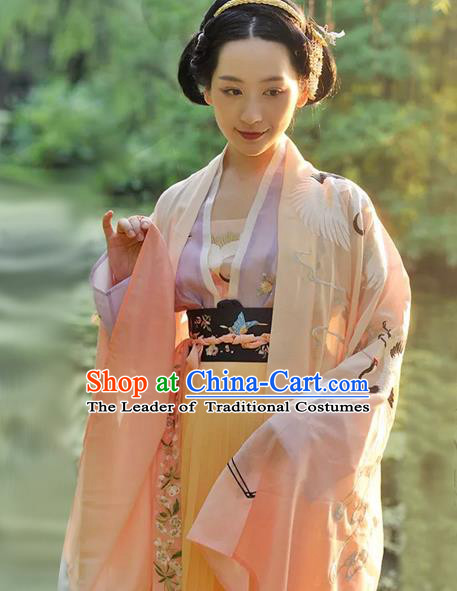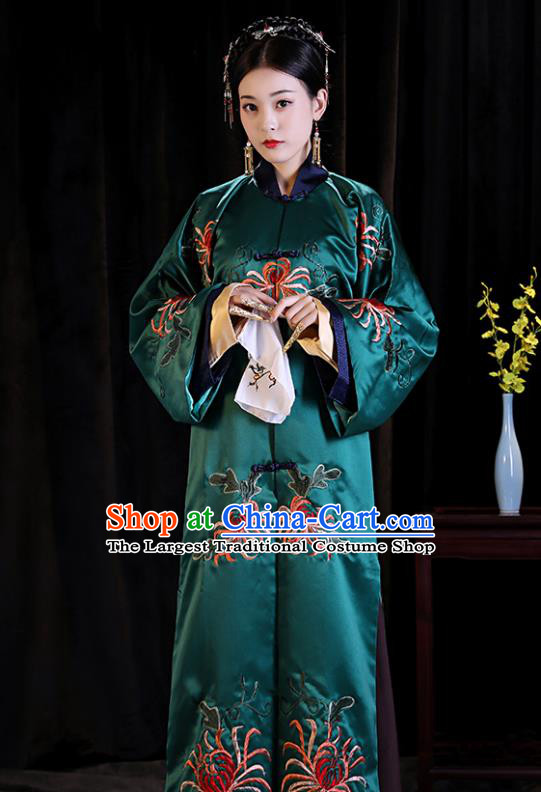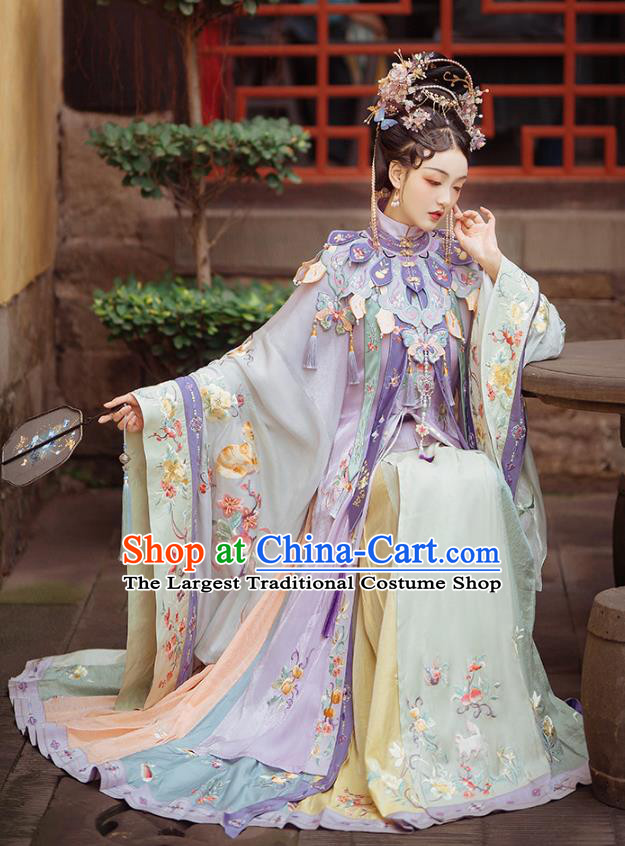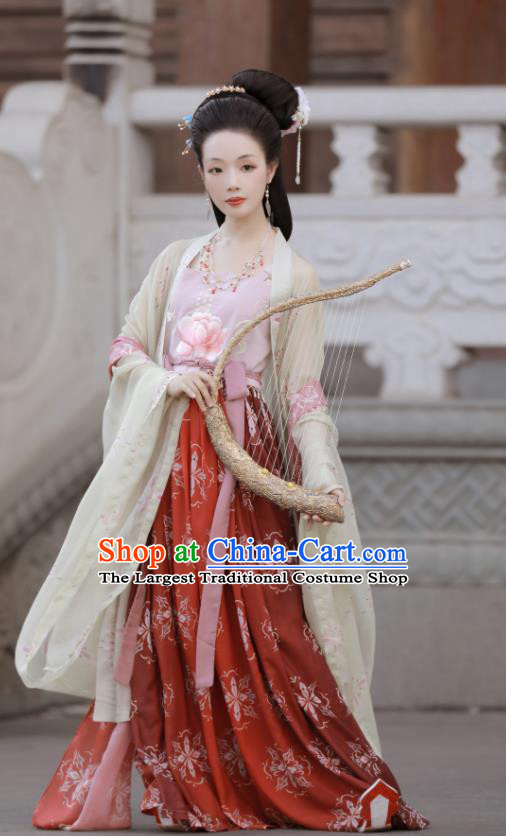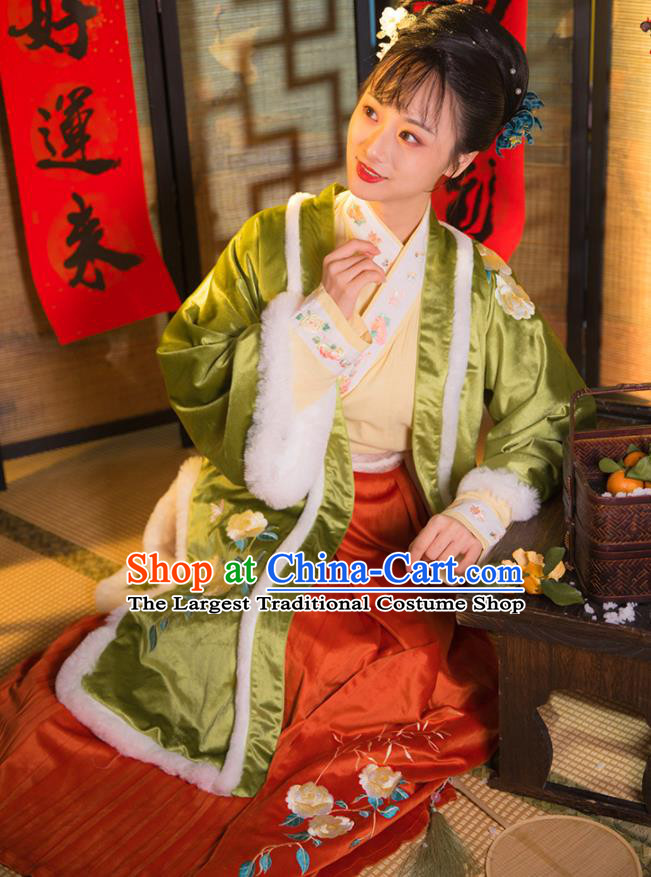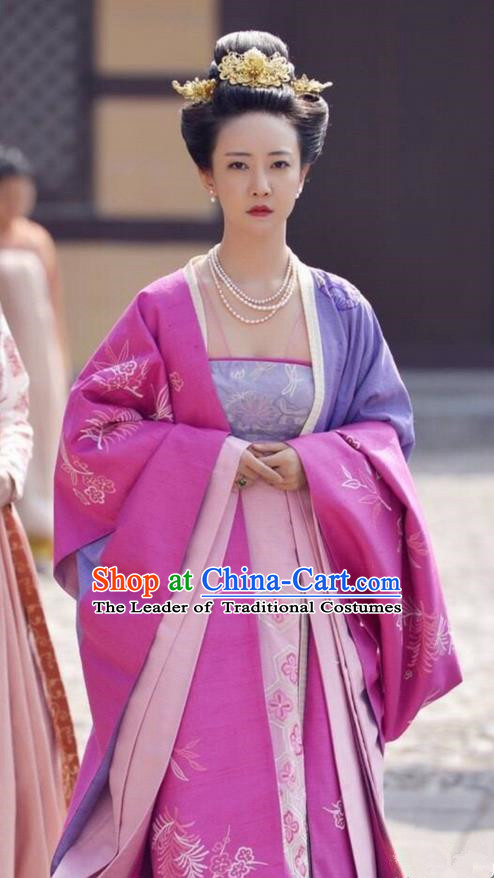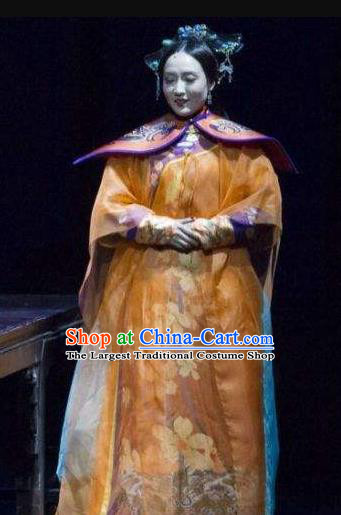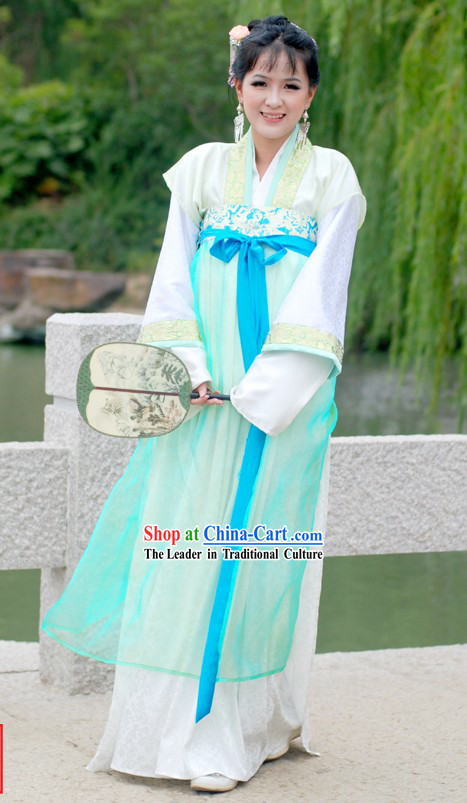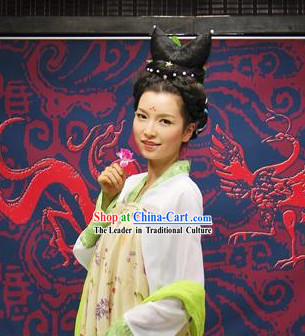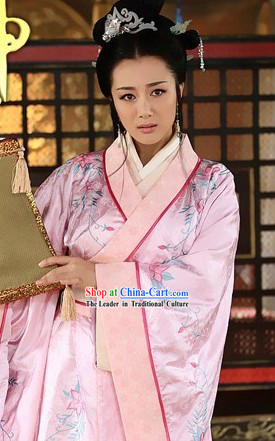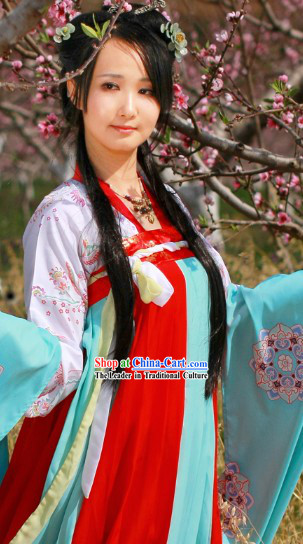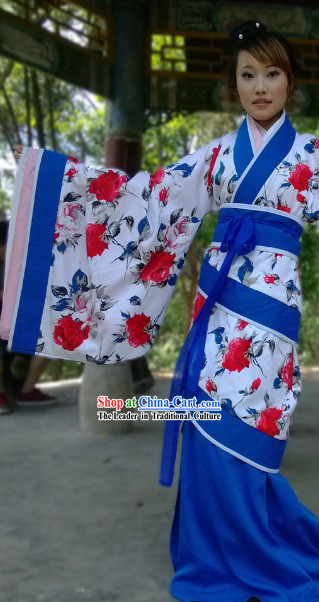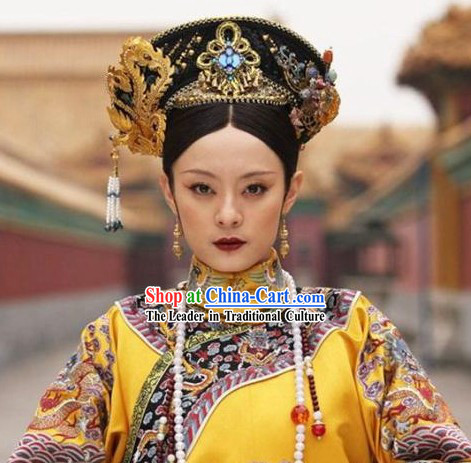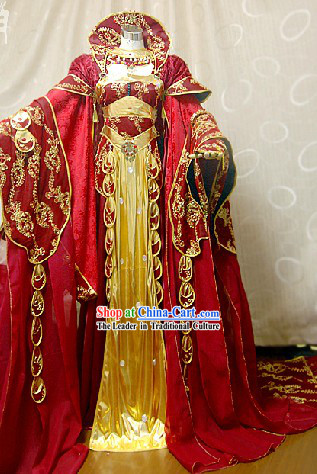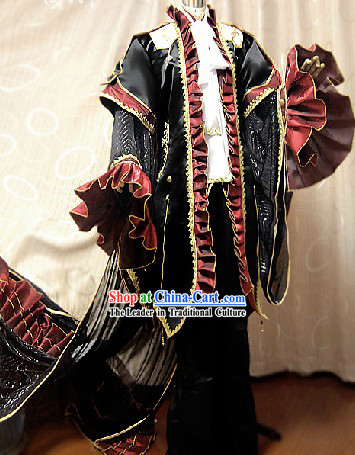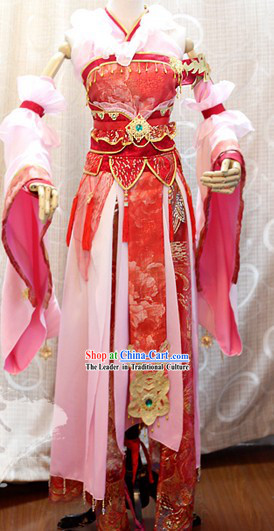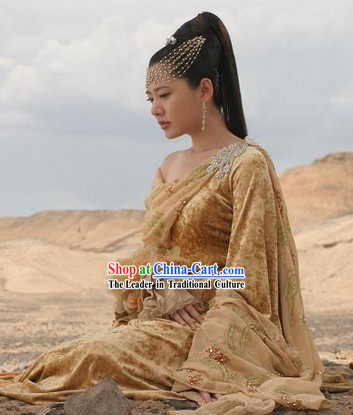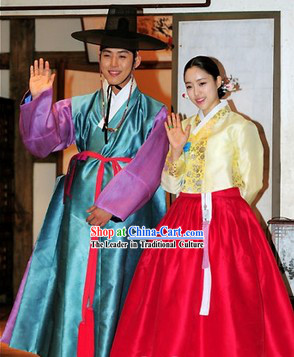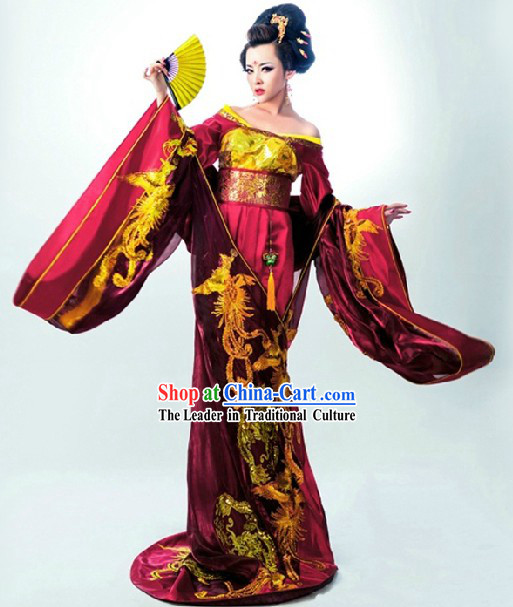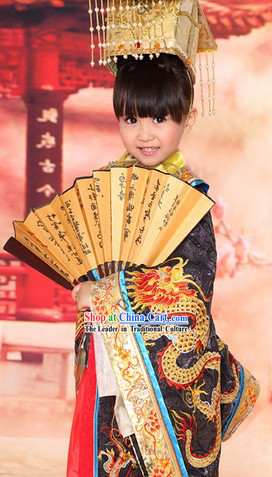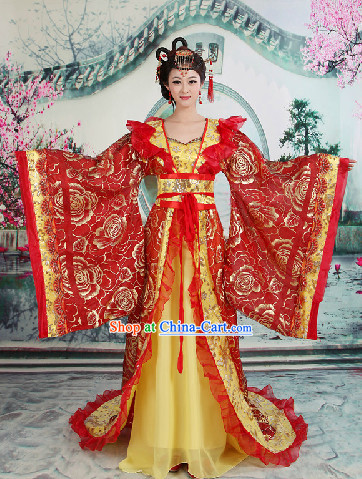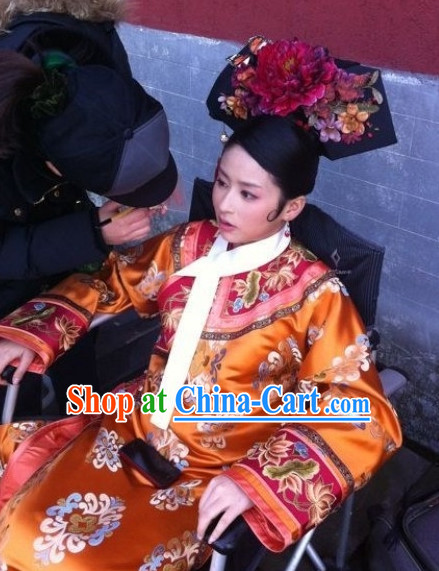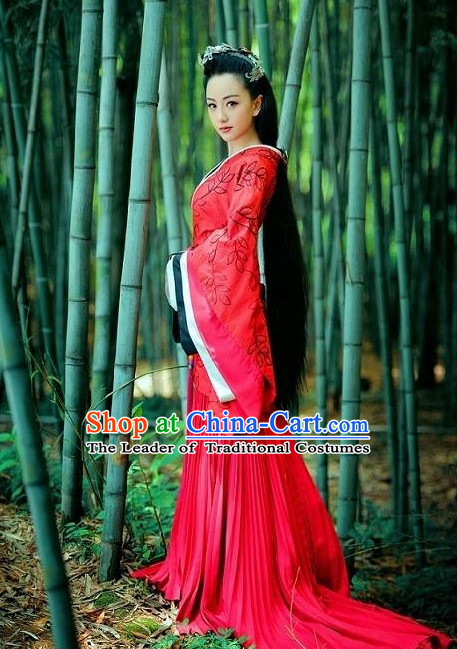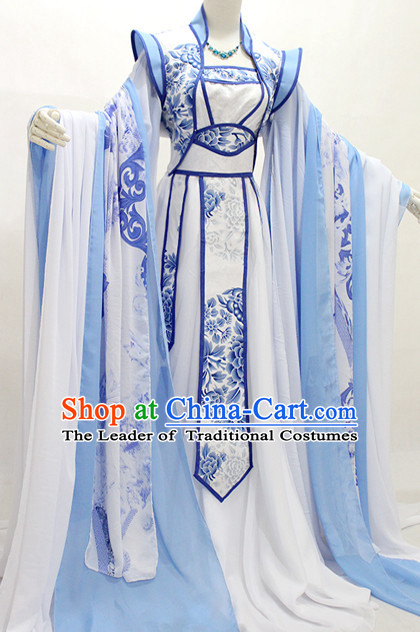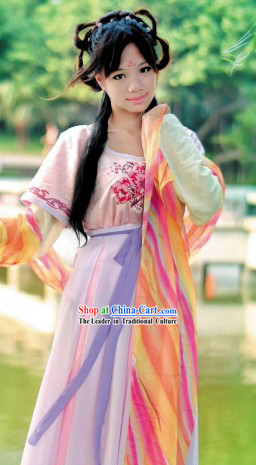
Click Related Pictures for More Audios:
Clothing and headdresses worn by women in ancient Chinese palaces are an important part of the country's rich cultural heritage.
They carry significant historical and spiritual meanings.
These clothing and headdresses not only reflect the beauty and elegance of ancient Chinese women but also their social status, political system, and cultural traditions.
In ancient China, the clothing and headdresses worn by palace women were luxurious and exquisite, with the most famous being the "phoenix crown and rosy veil."
The phoenix crown is a tall hat adorned with a phoenix pattern, symbolizing imperial power and nobility.
The rosy veil is a long shawl made of silk, often embroidered with various beautiful patterns such as flowers, birds, landscapes, etc.
These clothing and headdresses were carefully crafted by palace female officials, representing their pursuit of beauty and loyalty to the royal family.
In addition to the phoenix crown and rosy veil, ancient Chinese palace women had many other clothing and headdresses, such as ruqun (a type of dress), hairpins, earrings, etc.
These clothing and headdresses all have unique designs and symbolism, such as ruqun representing feminine beauty and gentleness, hairpins symbolizing nobility and dignity, and earrings being an important part of women's accessories that not only serve decorative purposes but also express their emotions and personality.
In conclusion, the clothing and headdresses worn by women in ancient Chinese palaces are one of the treasures of traditional Chinese culture.
They not only showcase the beauty and elegance of ancient Chinese women but also reflect the social customs and cultural traditions of that time.
By appreciating these clothing and headdresses, we can better understand the history and culture of ancient China and feel its charm and value.


